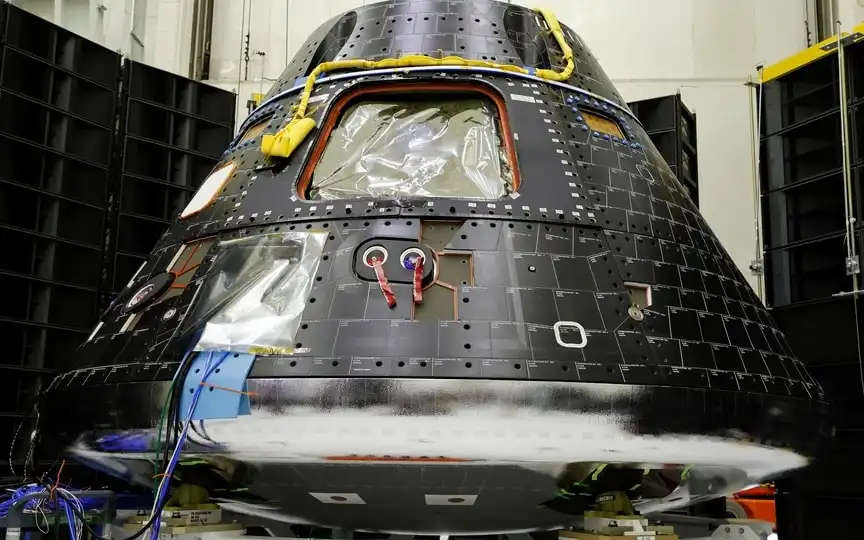Postponement of Crewed Lunar Landing by NASA Possible Beyond Artemis 3 Mission
According to an official statement on Tuesday, NASA’s Artemis 3 mission, which aims to bring humans back to the Moon by 2025, may not include a manned landing as previously anticipated.
Jim Free, chief of the space agency’s Exploration Systems Development Mission Directorate, told reporters at a news conference that certain key elements must be in place — particularly the landing system developed by SpaceX.
If it’s not ready in time, “We may end up flying a different mission,” he said.
Under the Artemis program, NASA is planning a series of increasingly complex missions to return to the Moon and build a continuous presence to develop and test technologies for a possible trip to Mars.
The first, Artemis 1, flew an unmanned spacecraft around the Moon in 2022. Artemis 2, planned for November 2024, will do the same with a crew.
But it is during the Artemis 3 mission, scheduled for December 2025, that NASA has planned its grand return to the Moon with humans for the first time since 1972, this time to the moon’s south pole, where ice can be harvested and turned into rocket fuel. .
Elon Musk’s SpaceX has won a contract for a landing system based on a prototype version of its Starship rocket, which is far from complete. Starship’s orbital test flight ended in a dramatic explosion in April.
Free said NASA officials had visited SpaceX’s Starbase facility in Texas a few weeks ago “to learn where they are with the hardware, trying to understand their schedule more.”
While he found the visit insightful, he said he was concerned “because they haven’t launched” and will have to do it several times before the rocket is ready.
In addition, Starship delays play a role because the space suit contractor needs to know how the suits connect to the spacecraft and simulators need to be built for the astronauts to learn its systems.
He added that NASA will update the public in the near future once it has had time to “digest” the data collected during the Starbase visit.




